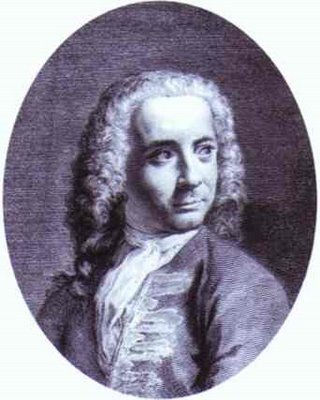(Venice 1697 - 1768)
Antonio Canal, who was an Italian landscaper, was nicknamed Canaletto after his father, Bernardo Canal.
He began to work in his father’s studio, who was a set designer, and he learnt perspective with Luca Carlevaris. In 1719, he went to Rome, where he was influenced by the Flemish landscapers that were working there and by Gian Paolo Pannini.
Between 1721 and 1722 he went back to Venice, where he spent his time painting the views of the city. His first works were realized with a big gracefulness and sensibility, a meticulous drawing, muted colours, lights and highly contrasted shadows. He used the camera obscura to frame his paintings. He observed nature and broke away with the traditional compound landscape, becoming one of the forerunners of the modern landscaping.
Towards 1730, a change in Canaletto’s style was noticed: his painting grasps more efficiently the atmospheric values, the surfaces are vaster and more uniform and the colours more luminous. An example of his first style is his work: The Stonemason’s Yard; and for his second style: Scuola Grande de San Rocco (both of them in the National Gallery, London). During his stay in London (1746 - 1748), he painted a series of views of the city, and above all, of the Thames (National Gallery, Windsor Museum and Hampton Court). It is said that his style became colder and more affected in London, but the decline of the artist was caused by his excessive production and by the deterioration of his health.
His main artworks are Venice Viewed from the San Giorgio Maggiore, The Grand Canal, with an Imaginary Rialto Bridge and Other Buildings, Piazza San Marco (These two works are in El Prado Museum, Madrid) Entrance to the Grand Canal and the Church of La Salute, Entrance to the Grand Canal (both of them in the Louvre Museum), Rome: View of the Coliseum (in The Borguese Gallery) and A Regatta on the Grand Canal (National Gallery, London).
He is the author of 31 etching, a portrait and several drawings. His nephew Bernardo Belloto, who was better known as Canaletto the Younger together with F. Guardi were his main disciples.


